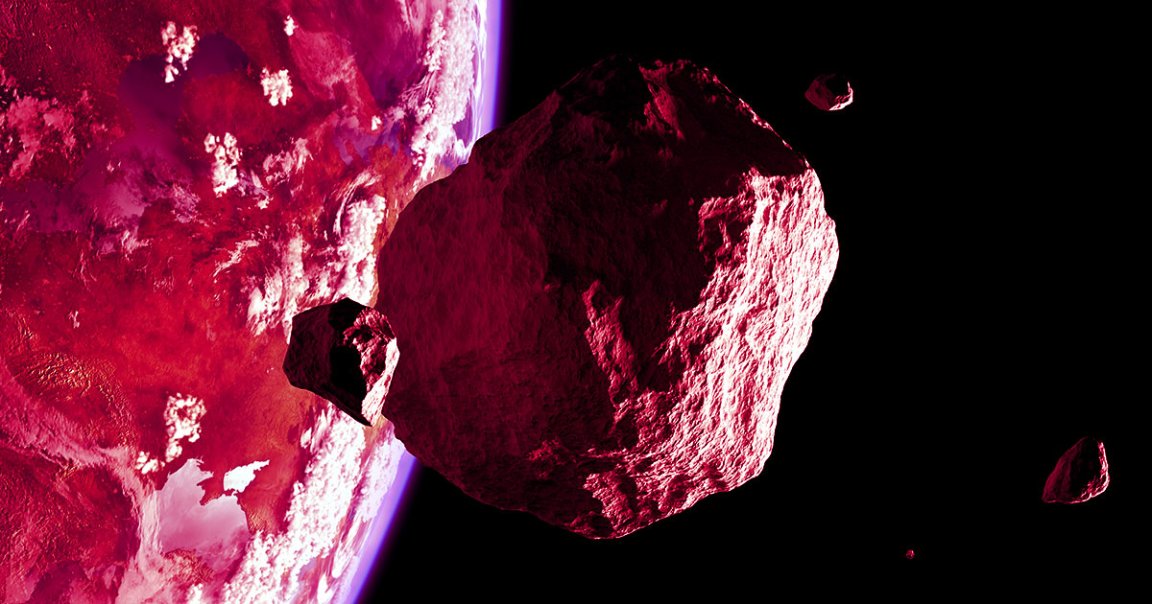
Crisis Averted
Last month, we reported that asteroid 2006 QV89 had a one-in-7,000 chance of striking the Earth. Fortunately, it sounds like we’re safe — for now.
The odds of 2006 QV89 ramming into Earth were always astronomically low, but anything greater than a zero percent chance is worth investigating. Now, the European Space Agency has ruled out the possibility of an impact, according to a press release, by comparing the asteroid’s trajectory to where it would have to be if it were going to pose a threat.
No-Show
The 164-foot asteroid was first detected in August 2006, and then went out of sight after ten days, according to the release. Based on its trajectory at the time, astronomers found that there was a chance it would ram into Earth on September 9, 2019.
The researchers don’t know where 2006 QV89 is, exactly, but they know where it would be if it were actually going to hit us, according to the press release. Since it’s not there, we should be safe. At least, that’s until we get closer to the next possible collision, with asteroid 2009 JF1, in 2022.
READ MORE: ESA confirms asteroid will miss Earth in 2019 [ESA via Phys.org]
More on asteroids: Massive Asteroid Explodes Above Puerto Rico Mere Hours After Detection